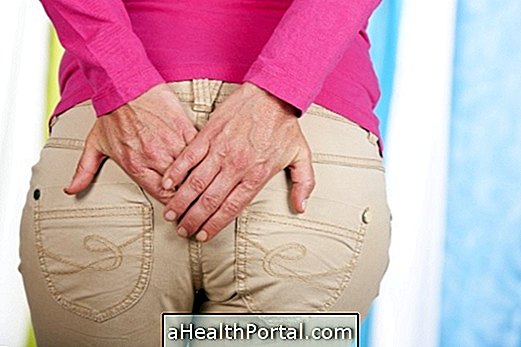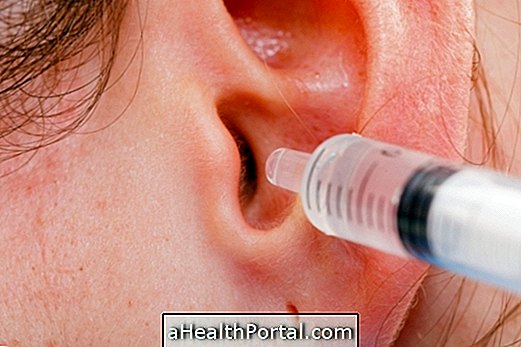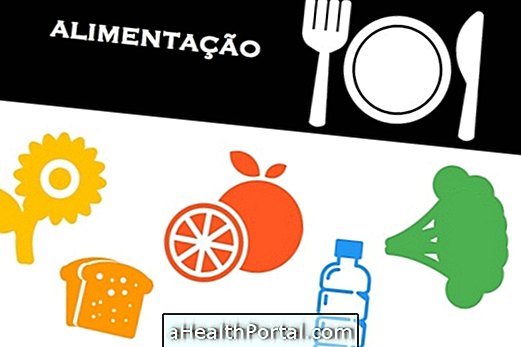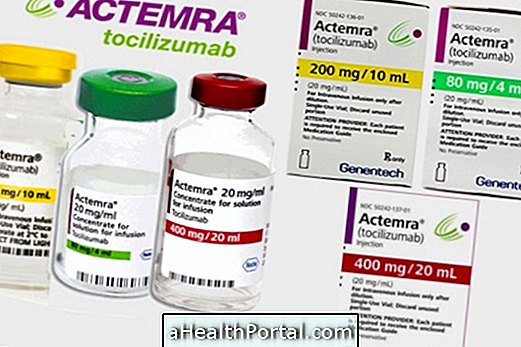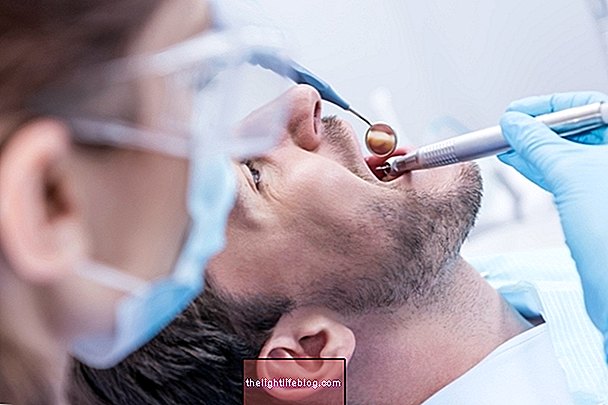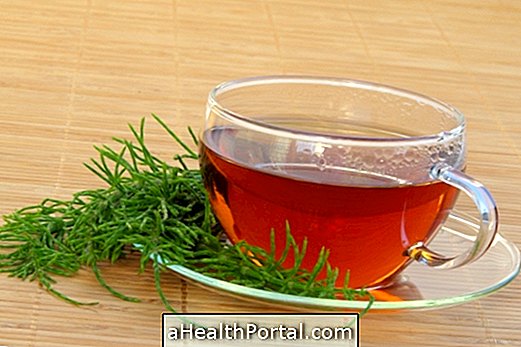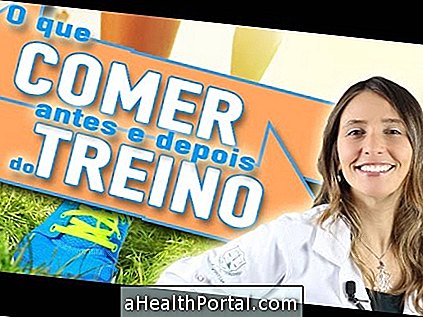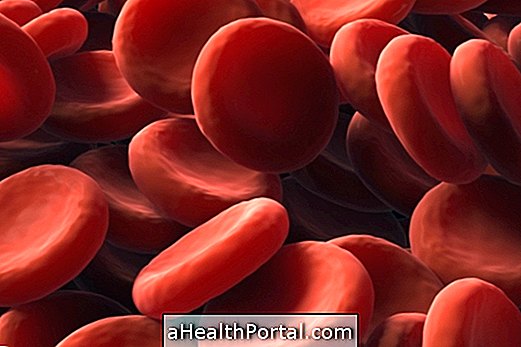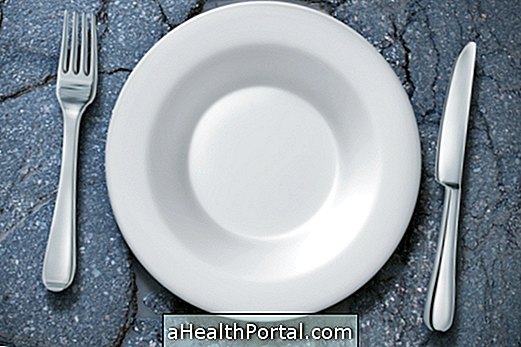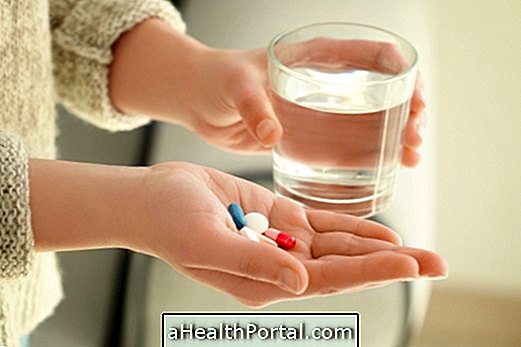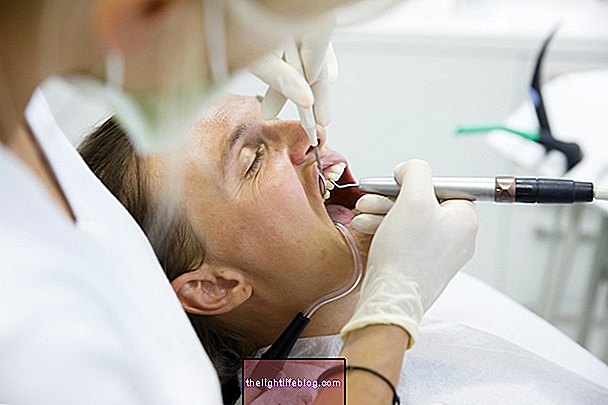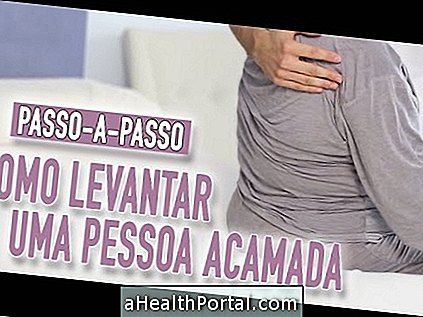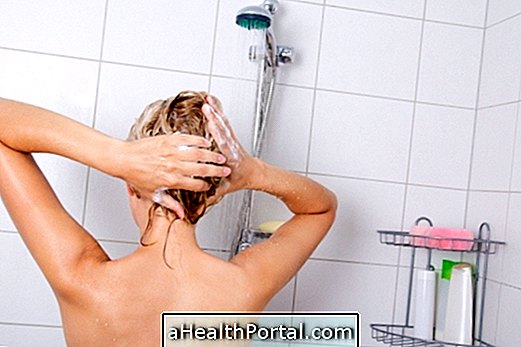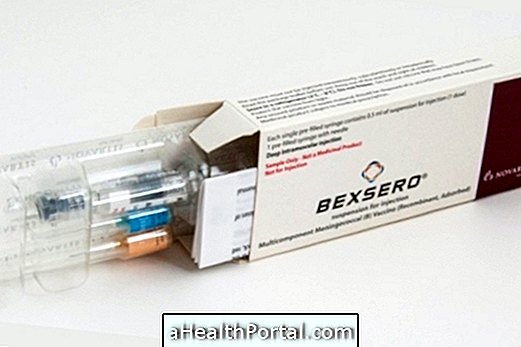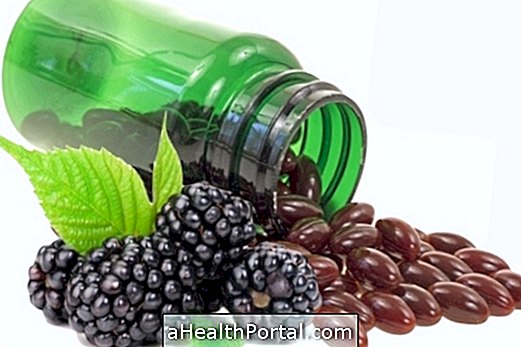Sodium hypochlorite is used as a disinfectant and is also used to purify water for human consumption and use. Sodium hypochlorite is popularly known as bleach, which is sold in a solution of 2.0 to 2.5% sodium hypochlorite.
Sodium hypochlorite can be purchased in markets, greengrocers, stalls or pharmacies. Household tablets are available on the market, and a tablet is usually used to purify one liter of water, but care must be taken to the type of sodium hypochlorite that is sold because hypochlorite is also sold as salt, solution, or as a tablet which are used to purify cisterns, wells and for the treatment of swimming pools.
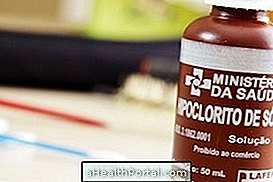

What is it for
Sodium hypochlorite is used to clean surfaces, lighten white laundry, wash vegetables and also to purify water for human consumption, to reduce the chances of contamination by viruses, parasites and bacteria causing diarrhea, hepatitis A, cholera or rotavirus. See what diseases can come up after drinking contaminated water.
How to use
To purify the water for human consumption it is recommended to place 2 to 4 drops of sodium hypochlorite of concentration 2 to 2.5% for each 1 liter of water. This solution should be stored inside a non-transparent container, such as a clay pot or a thermos bottle, for example.
It is important to keep the container covered and wait 30 minutes after dripping the drops to consume the water. This time is necessary for the disinfectant to take effect, keeping all the microorganisms.
Purified water with sodium hypochlorite is for drinking, cooking, washing vegetables, fruits and vegetables, washing dishes and bathing.
Care should be taken to avoid direct contact with bleach because it has corrosive action and can cause burns to the skin and eyes when in high concentrations.
What to do if you used more sodium hypochlorite than needed
If sodium hypochlorite is accidentally used in doses above the recommended level, wash the exposed region immediately under running water and watch for symptoms such as itching and redness. Excessive doses of this substance may lead to vomiting, coughing, and shortness of breath, and urgent medical attention is required.
However, when sodium hypochlorite is used within the recommendations, it is safe for health and water treated with it can be given to infants and children, but in case of doubt, it is recommended to only provide properly sealed mineral water for children .
Also see how to properly wash fruits and vegetables.

